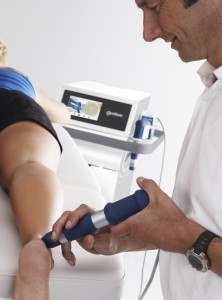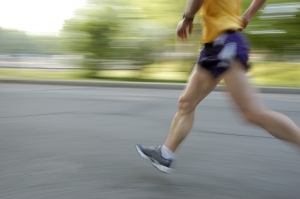How can I help myself?
POLICE NOT PRICE – We’ve lost the ‘Rest’ and added OL!
P– Protect the area – If the pain is severe you may need to avoid putting weight on that leg
OL– Optimal Loading – active rest is generally better than total rest so do what you can that doesn’t aggravate your symptoms. If everything hurts, it’s probably best to get things looked at sooner rather than later.
I – Ice the area for pain relief
C – Compression – Generally not of much help in this condition
E – Elevation – Take the load off your feet can help the symptoms calm down.
If the symptoms persist for more than a week and activities such as normal walking or going up and down stairs is especially painful or limited it’s probably time to see some professional advice from your Physiotherapist or GP.


